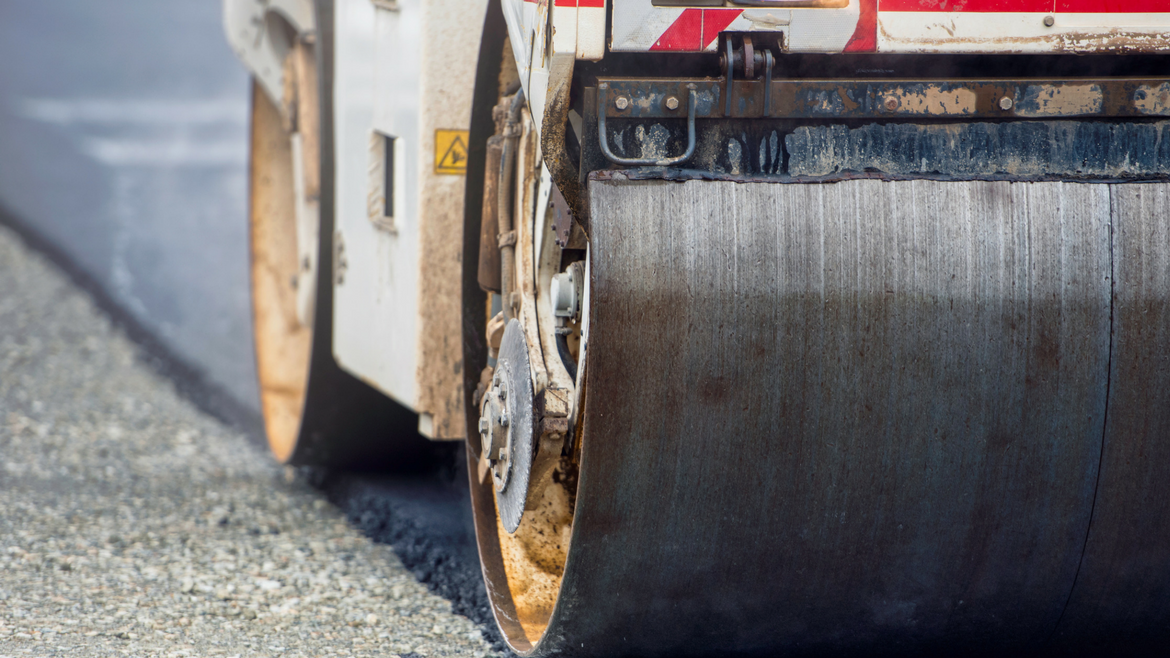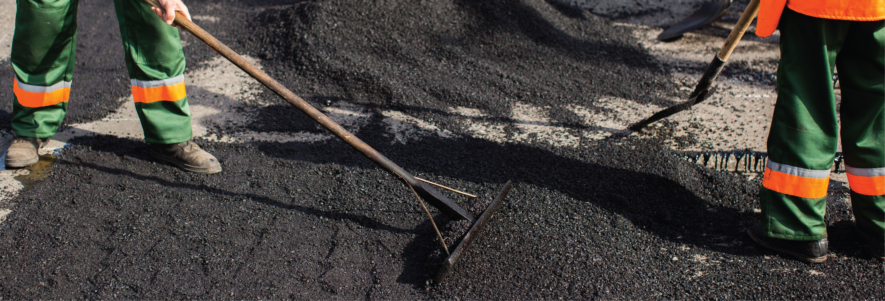Some Of A1 Professional Asphalt & Sealing Llc
Some Of A1 Professional Asphalt & Sealing Llc
Blog Article
Getting The A1 Professional Asphalt & Sealing Llc To Work
Table of ContentsThe 6-Second Trick For A1 Professional Asphalt & Sealing LlcIndicators on A1 Professional Asphalt & Sealing Llc You Need To KnowThe Ultimate Guide To A1 Professional Asphalt & Sealing LlcThe 3-Minute Rule for A1 Professional Asphalt & Sealing LlcThe 25-Second Trick For A1 Professional Asphalt & Sealing Llc

The oil in a vehicle engine is not just oil. The REOB has all the additives that were in the waste oil as well as the wear steels from the engine (mostly iron and copper).
Nevertheless, by making several blends using various REOB examples and various asphalt binders, the variations greatly can be balanced out. A number of States offered examples of known REOB structure to TFHRC researchers, that assessed the examples to contrast the percent of added (recognized) REOB to the found (evaluated) quantity. The analyses showed a comparable percent of added and discovered REOB.
A1 Professional Asphalt & Sealing Llc for Beginners
None of those States understood that the asphalt they were getting included REOB. One State urged its samples had no REOB - https://disqus.com/by/disqus_4YBmBsXG7m/about/.
Of the 1,532 examples tested, 12 percent contained REOB, and some contained appreciably high degrees of it at 1020 percent. The highest degree was 34 percent in a sample from Texas, which TxDOT had made use of in a patching compound. This testing likewise revealed the visibility of phosphoric acid in 11 percent of the examples, and 2 percent consisted of ground tire rubber.
Two years ago at TRB's annual conference, the Federal scientists held an REOB workshop and presented the findings of their lab assessments to a standing room-only group. Some firms do not particularly ban REOB, they do enforce physical tests that preclude its useeffectively a restriction. Others do not prohibit it by requirements, yet have contracts with asphalt suppliers to stay clear of using REOB
How A1 Professional Asphalt & Sealing Llc can Save You Time, Stress, and Money.
Ohio and Texas limit levels to less than 5 percent of the asphalt. To create a reputable test technique that all States can utilize, the TFHRC researchers established up a round-robin test plan.
The participants are evaluating the samples separately using the standards supplied by the TFHRC researchers. The output will be a suggested AASHTO examination technique that any State can embrace and utilize.
The pavement with REOB, which lies 0.6 mile (1 kilometer) from the pavement without REOB, has the same subgrade, web traffic density, and environment. The segment of Highway655 with 5 to 10 percent REOB revealed considerable cracking. In this instance, the visibility of REOB was the determined root cause of cracking at a reduced temperatures.
"In our experience in copyright, also small amounts of 23 percent can be a problem." In a similar way, a section of examination pavement in Minnesota (MN1-4) found to contain REOB likewise fractured too soon. The pavement done well for the first 3 to 4 years, but after that started to split. This pavement is likewise subject to reduced temperatures.
Little Known Facts About A1 Professional Asphalt & Sealing Llc.
The examinations were not extensive, but they revealed that at levels of 6 percent or even more, the tensile toughness of the asphalt went down significantly. At a level of 3.5 percent REOB, the variant in the physical test approaches was higher than the effect of REOB. It was tough for researchers to examine whether REOB was present. https://www.cheaperseeker.com/u/a1asphaltseal.

One binder criterion thought about is the difference in between the reduced temperature vital spec temperature for rigidity (S) in the flexing beam rheometer and the bending beam rheometer creep slope (m-value) kept in mind as Tcritical. 2 independent research study groups, one from AASHTO Discover More and the other from the Asphalt Institute, concluded that even more research study is needed on the usage of REOB in asphalt.
Previously, all asphalt testing gauged engineering homes such as stiffness. These examinations do disappoint what products had actually been included in the asphalt. One sample received throughout the TFHRC study had an extremely unusual evaluation. The sample had the following examination results: Superpave PG 64-28 with a heat grade of 67.3 Tcritical on the bending light beam rheometer was 6.7 levels Celsius.

The Of A1 Professional Asphalt & Sealing Llc
These outcomes show there are weak points in the standard design testing procedures that might be made use of. The producer may have an economic advantage and the item passes all the standard tests, but the product might not be useful to guaranteeing long-term performance. To resolve this concern and the growth of brand-new asphalt additives and extenders, TFHRC is starting a study program to make use of portable spectroscopic gadgets, x-ray fluorescence spectroscopy, and Fourier change infrared spectroscopy to make it possible for evaluations to be performed in the field as opposed to needing to take samples back to the laboratory.
Report this page